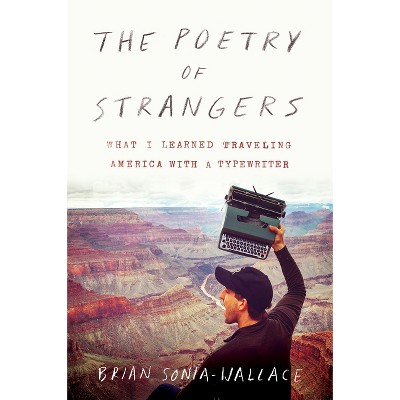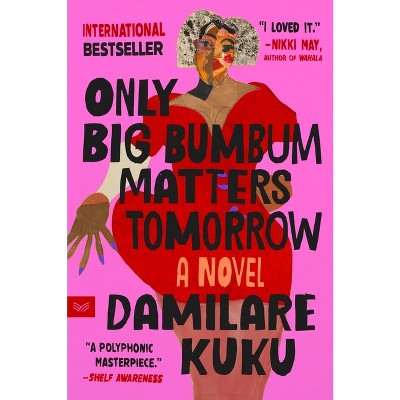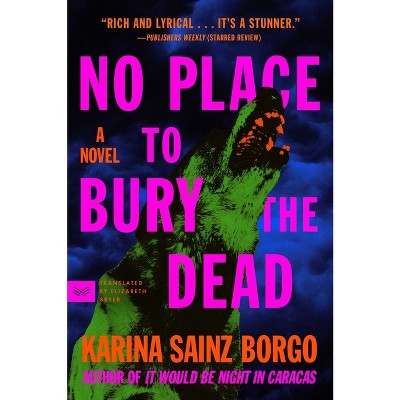Sponsored

Our City That Year - by Geetanjali Shree (Paperback)
In Stock
Sponsored
About this item
Highlights
- "I highlighted just about every line in this book, and I can't think of a better novel to make sense of our current era.
- Author(s): Geetanjali Shree
- 432 Pages
- Fiction + Literature Genres, Literary
Description
About the Book
"In an unnamed city in India, violence is erupting between Hindus and Muslims, each side viewing the other with suspicion, rage, and blame. As their identities sharpen, friends and colleagues turn against each other. Hospital beds fill up and classrooms empty out. Curfews are imposed. Residents flee en masse. Three intellectuals find themselves paralyzed by anxiety and fear. Shruti, a creative writer, spends her time writing and rewriting the same sentence. Hanif is sidelined by his academic department for his secular beliefs. And Sharad finds it increasingly difficult to connect with Hanif, his childhood friend. The only one left to bear witness is the novel's unnamed narrator, who hurries to transcribe everything that's happening. Explosive, raw, and uncompromising, Our City That Year unfolds in a time of rising uncertainty and dread, when nothing will go back to being as it was before. Twenty-five years after its original publication in Hindi, Shree's clarion call to bear witness to the toxic ideology of religious nationalism is timelier than ever, speaking to the growing divisions across global borders"--Book Synopsis
"I highlighted just about every line in this book, and I can't think of a better novel to make sense of our current era." --Molly Odintz, CrimeReads
From the International Booker Prize-winning author-translator duo of Tomb of Sand, a powerful, kaleidoscopic novel about a fractured society, loosely based on the gathering violence that eventuated in the demolition of the Babri Mosque by religious extremists in 1992.
In an unnamed city in India, violence is erupting between Hindus and Muslims, each side viewing the other with suspicion, rage, and blame. As their identities sharpen, friends and colleagues turn against each other. Hospital beds fill up and classrooms empty out. Curfews are imposed. Residents flee en masse.
Three intellectuals find themselves paralyzed by anxiety and fear. Shruti, a creative writer, spends her time writing and rewriting the same sentence. Hanif is sidelined by his academic department for his secular beliefs. And Sharad finds it increasingly difficult to connect with Hanif, his childhood friend. The only one left to bear witness is the novel's unnamed narrator, who hurries to transcribe everything that's happening.
Explosive, raw, and uncompromising, Our City That Year unfolds in a time of rising uncertainty and dread, when nothing will go back to being as it was before. Twenty-five years after its original publication in Hindi, Shree's clarion call to bear witness to the toxic ideology of religious nationalism is timelier than ever, speaking to the growing divisions across global borders.
Translated from the Hindi by Daisy Rockwell
Review Quotes
"I highlighted just about every line in this book, and I can't think of a better novel to make sense of our current era." - Molly Odintz, CrimeReads
"The novelistic city caught in an epidemic of communal hate 'that year' could be any city today, senselessly gorging itself on simplistic stories of false pride and righteous revenge, oblivious to the centuries of composite culture it grew and prospered on. Placing the vocabulary of violent victimhood alongside the irreversible losses and silences unsettles the reader. Our City That Year is an essential read to understand our times." - The Wire
"Geetanjali Shree and Daisy Rockwell's partnership continues to push the boundaries of literary translation, bringing poignant and powerful Indian narratives to global audiences. Our City That Year stands as a testament to their combined talents, shedding light on the complexities of communal violence, societal breakdown, and the deeply personal impact of such conflicts. As with their previous works, this novel not only challenges readers to confront uncomfortable truths but also invites reflection on the delicate balance between past and present, tradition and change." - Times Now
Shipping details
Return details
Frequently bought together
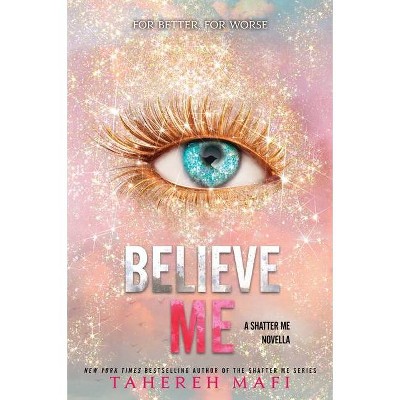
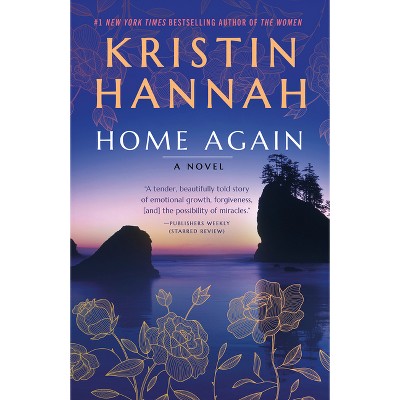

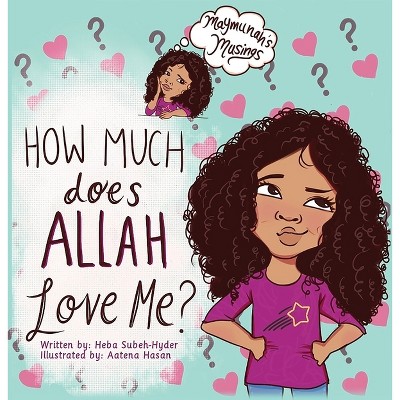
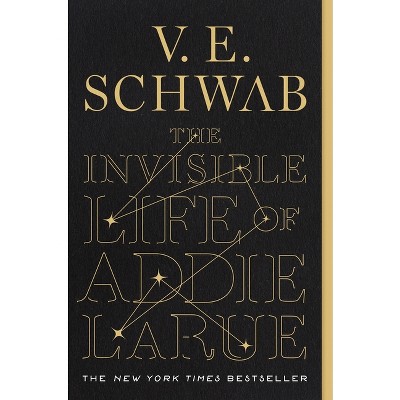
Trending Literary Fiction
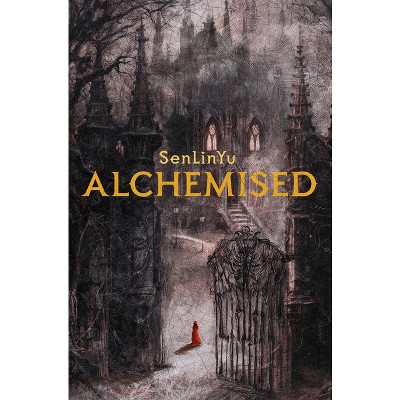

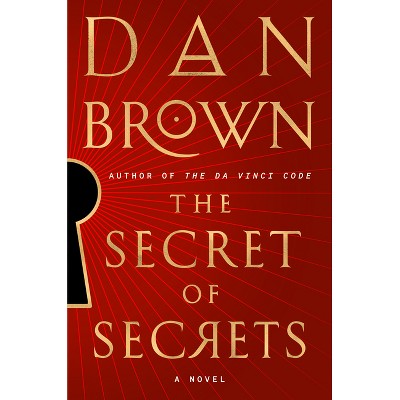

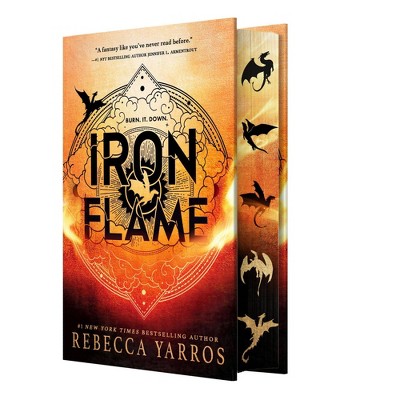
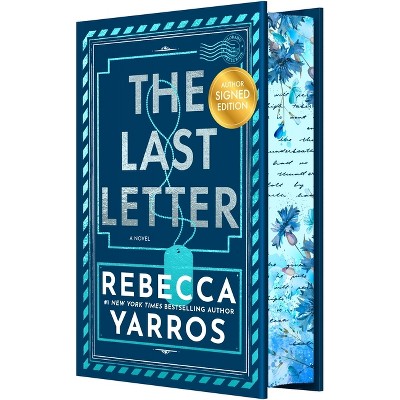
Discover more options

